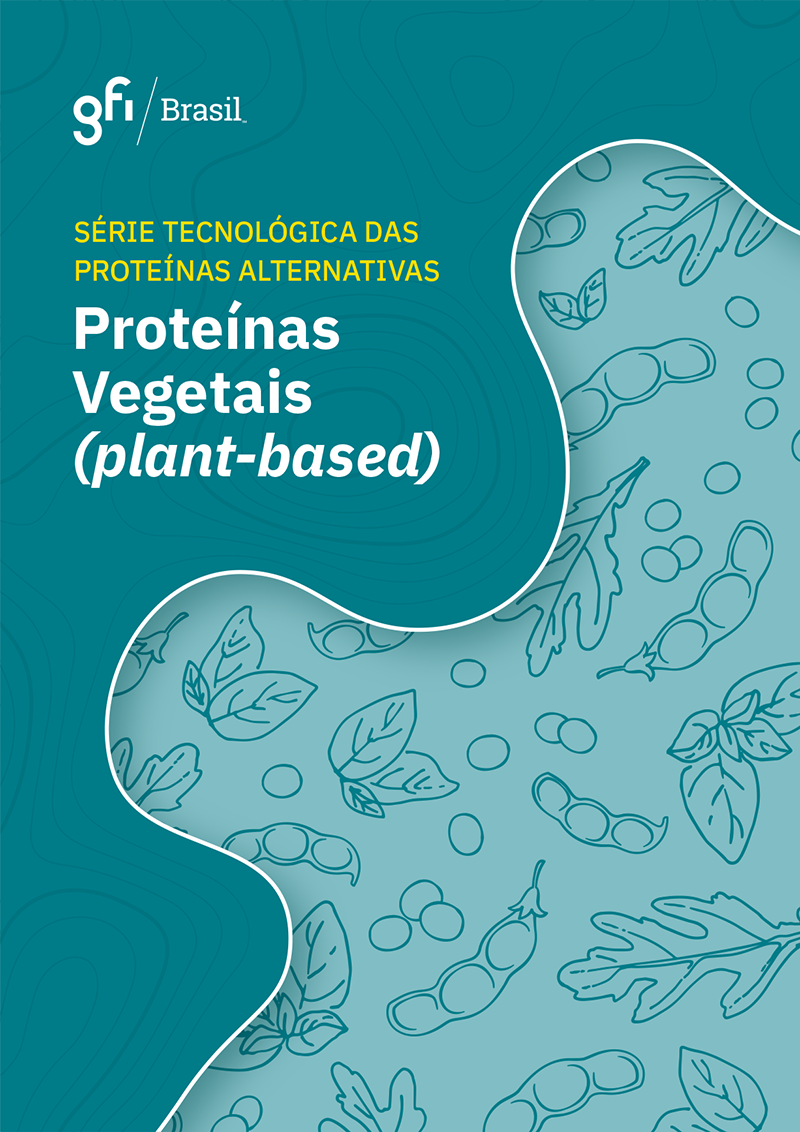Vegetable Proteins
Reimagining the way we get protein for human consumption is urgent and fundamental. Products analog to those of animal origin obtained from plants are concrete alternatives to help Brazil transition to safe, fair, and sustainable agriculture. Learn a little more about the science involved in producing these foods.
What are analog plant proteins?
Analog vegetable proteins are produced from plants and mimic the characteristics of color, flavor, texture, and appearance of the animal products they are intended to replace, such as meat, seafood, milk, eggs, and dairy products. Not included in this definition are natural foods, such as legumes and grains, nor those made from plants, such as tofu and tempeh. This market is extremely promising and presents several growth opportunities.
To replace a protein of animal origin, raw materials of plant origin with nutritional, functional, and sensory properties comparable to those of conventional products are needed. Thus, knowing these foods’ production processes and nutritional aspects is essential.
Characteristics and production processes of vegetable proteins
The analog vegetable protein needs to be concentrated to prepare vegetable foods similar to meat products. Most plant-based products found in Brazil are currently produced from domestic soybeans or imported peas. Other vegetable sources considered good protein sources are pulses, such as beans, lentils, and chickpeas, and oilseeds, such as chestnuts, almonds, peanuts, sesame, and sunflower.
The extraction method is directly related to the characteristics of the raw material, and, in general, dry and wet extraction involves three initial steps: drying, degreasing, and grinding. These steps, by themselves, already collaborate for the concentration of the protein fraction.
The method most used by the industry is wet fractionation, aiming at completely separating the components and obtaining a higher-purity protein. However, there are other processes, such as dry fractionation, saline, and enzyme extraction, in addition to a series of modern techniques considered to be emerging, such as microwaves, ultrasound, pulsed electric field, high pressure, ultrafiltration, and enzymatic processes.
Nutritional aspects of plant proteins
Proteins are essential for the functioning of the human body, so they must be part of the daily diet in adequate amounts. However, it is also necessary to consider the quality of the ingested proteins, analyzing the protein’s nutritional value. Several aspects contribute to the protein’s nutritional value, including the amino acid composition, its digestibility, the bioavailability of the essential amino acids, and the absence of anti-nutritional factors and/or toxicity.
Deepen your knowledge of the science of plant-based protein analogs (plant-based)
The importance of a robust compilation of data on the state-of-the-art in the development of this segment motivated GFI Brazil, in partnership with the Institute of Food Technology (Ital), to launch this issue on the various sources of vegetable proteins, their characteristics, and the most used processes for extraction, concentration, and isolation. Furthermore, the nutritional aspects, the presence of anti-nutritional compounds, and the functional properties of vegetable proteins are highlighted.



